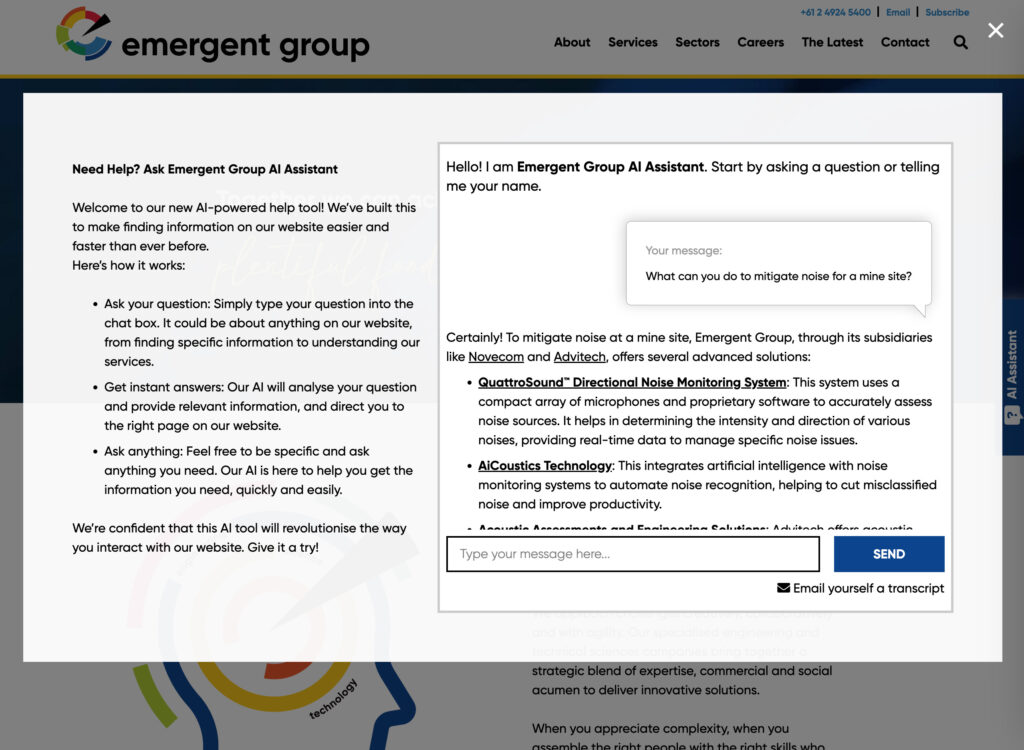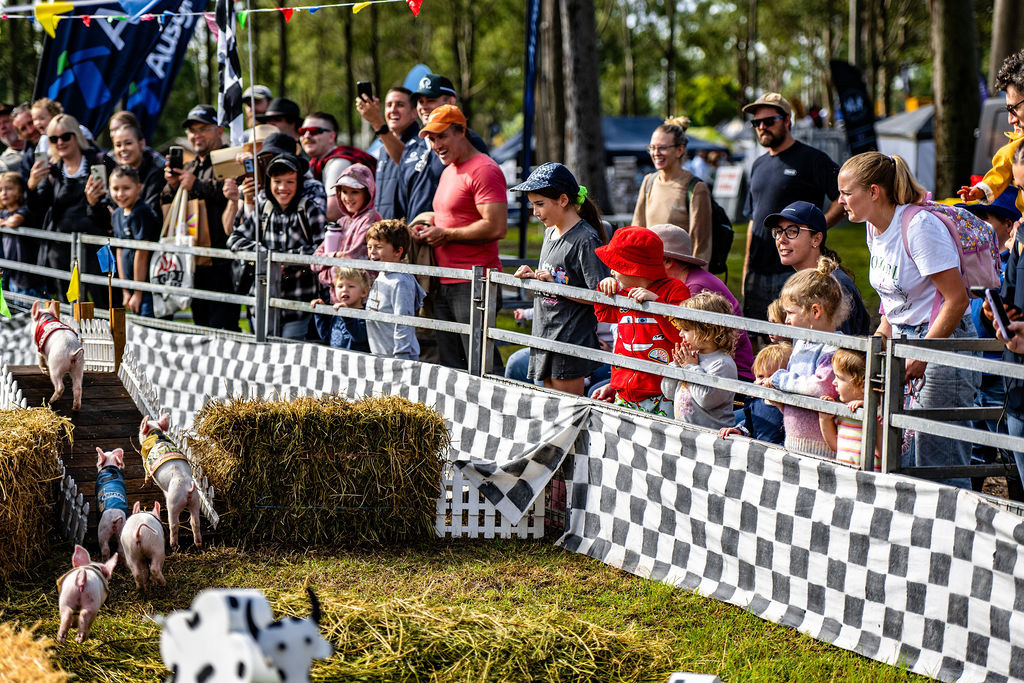One of the concerns business owners have when it comes to redeveloping or upgrading their existing website is maintaining their search engine rankings (or hopefully improving them). We have recently developed quite a few websites as significant upgrades and have a solid process in place to ensure no ranking ground is lost. We of course seek to improve the position of our clients following a new website build, so here is what we recommend.
Establish the most important set of keywords to monitor and optimise for. With this set, find out where you are ranking in general and relative to your main two or three competitors. We use a search engine marketing tool called SEM Rush to do this and also to then monitor changes positive and negative in search engine ranking for each keyword or phrase.
Catalogue your sitemap. You will need to know every URL of your old site before it disappears. If it has been around a while you may even have lost track of what pages and posts you have. This can be done by saving your xml sitemap as a document. Or by using a spider tool. We use a tool called Screaming Frog which crawls a website as a search engine would. It not only lists every page URL, but the meta-title, meta-description, any meta-keywords, and the first two H1 and H2 headings, which are important areas to replicate in the new site.
Prepare 301 Redirects. With the above list of existing site URLs, you can now use these to replicate page URLs in the new site where possible, or to create 301 redirects. A 301 redirect is an instruction to search engine robots that your page has move permanently to another URL. It is written in a htaccess file and has the effect of passing the search engine page “rating” from the existing to the new. Therefore the new page doesn’t have to start from scratch.
Minimise 404 Errors. If you do the above with every URL on your site, this won’t be a concern. A large amount of 404 errors can cause a drop in your rankings, so you want to ensure that there are no “dead” links from your old site. A wildcard redirect or global redirect from an old URL to you home page can avoid this.
Request Recrawl. Once the new site is up and all 301s are working, you can now request a recrawl of the new website. You will need a Google Search Console account for this if you don’t already. Your developer can often sort this out for you as we often do. The Search Console will also inform of any errors or crawling issues that pop up. It is a handy tool to have.
Without going into everything we do in regards to on-page and off-page search engine optimisation, the above tips will ensure a new website will be a seamless transition from the old with the minimum of ranking disruption. It can be applied when moving to another domain name as well. If you are thinking of a new site and these issues are important to you, please give us a call and we can go over it for you.




